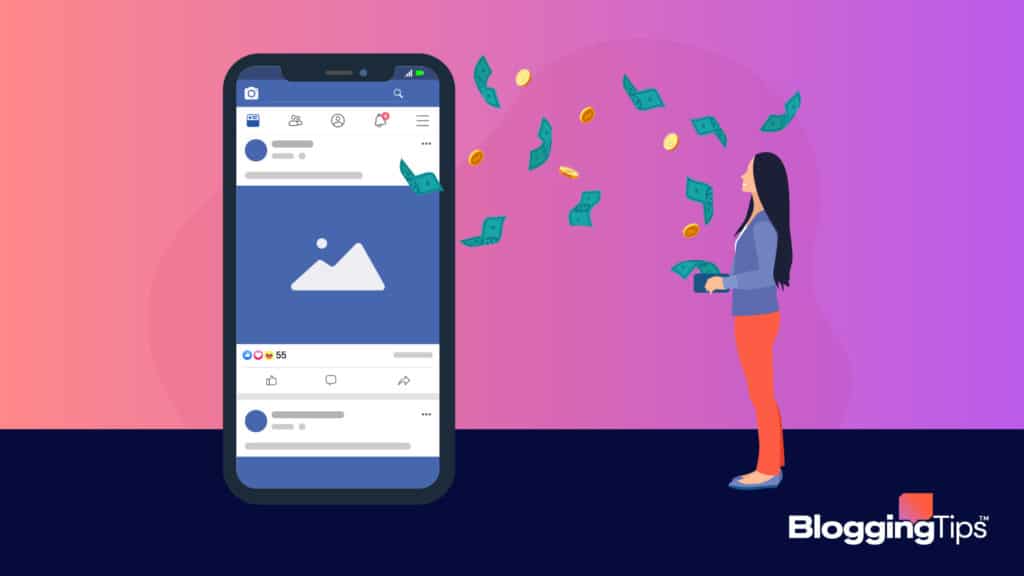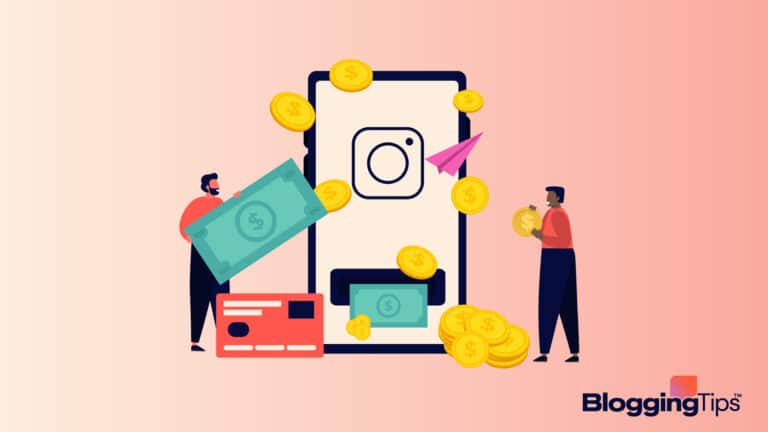Social media is one of the most lucrative ways of making money on the internet in the digital age.
It’s no surprise that many have found ways to profit off social media since it’s been a dominating hotspot for commerce and content for over a decade.
And while tons of creators generate heaps of cash from this pop-culture gold rush, that doesn’t mean it’s necessarily simple.
You have to take numerous intricate steps to increase your odds of blowing up.
Plus, with such steep competition, you’ll find it isn’t so easy to be found.
If you’re an aspiring influencer hoping to make your way to fame and fortune or a business trying to push sales through the internet, keep reading.
We’ll cover everything you need to know about creating a winning formula in this definitive guide on turning social media into profit.
- Can You Make Money on Social Media?
- Who Is Making Money on Social Media?
- Why Making Money on Social Media Is Lucrative
- What Are the Most Lucrative Social Media Platforms?
- How to Make Money on Social Media
- Steps to Get Started Making Money on Social Media
- Tips to Increase Earnings
- Frequently Asked Questions
- Wrapping Up
Can You Make Money on Social Media?
It’s 2023, and everything revolves around social media.
So yes, there is money to be made on the various platforms available.
The best part is that social media is available to everyone for free, and anyone can turn a profit from their accounts if they play their cards right.
Who Is Making Money on Social Media?
There are four main groups of people making money off of social media:
1. Social Media Influencers
Social media influencers are individuals with large followings on social media.
They’re the celebrities of the internet, and they use their broad reach to influence massive groups of people.
This type of influencer often uses their accounts to promote sponsored products and services to make money.
This can look like a direct advertisement that the influencer performs or a more discreet usage with a disclaimer in a subhead.
2. Affiliate Marketers
Affiliate marketers on the internet use links that send people to the page of a particular company, product, or service.
Typically, they are paid on a pay-per-click or pay-per-sale (after clicking the link) basis.
Affiliate marketers heavily rely on social media to find and reach their target audience.
3. Small Business and Big Brands
It doesn’t matter how big or small your business is; your survival is partially determined by how you utilize social media.
Many brands use social media to extend their reach and drive sales.
There is a much higher conversion rate of viewers to customers (due to search engine optimization), and it is currently the best way to gain a following.
4. Creators
The final group of people making a pretty penny on social media are creators.
Creators are similar to influencers in that they have large followings and are usually individuals.
They deviate from influencers through what they provide to their audiences.
While an influencer is more centered around sharing their thoughts, experiences, and opinions with the public, a creator is someone who creates physical media.
This might be music, videos, podcasts, Ebooks, or some other type of digital good.
Why Making Money on Social Media Is Lucrative
The social media gold rush has stormed the world, and millions of individuals and businesses are racing to get their cut, but one might ask: “why is making money off of these free-to-use platforms so lucrative?”
Here’s why.
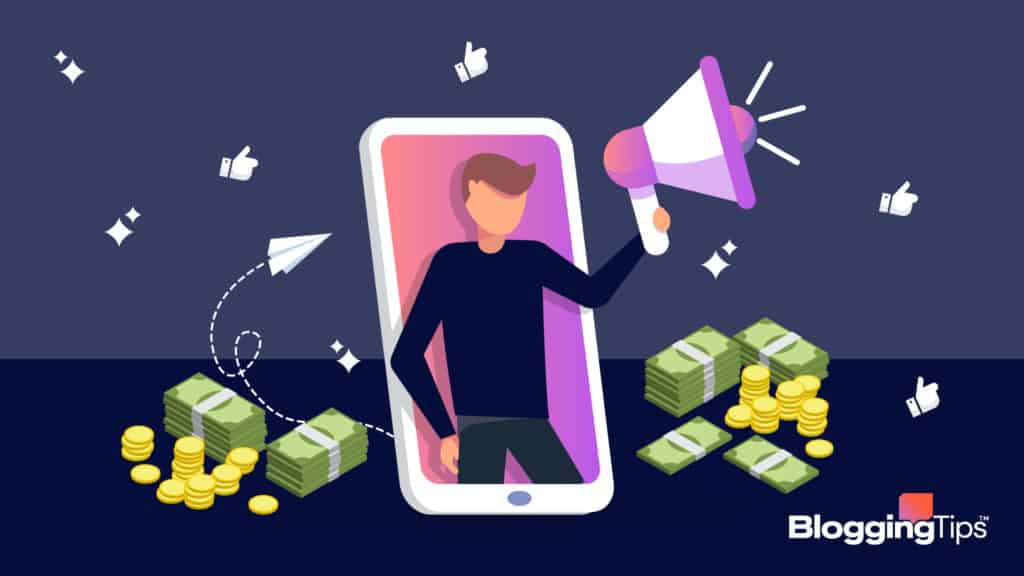
Social Media Usage is Rising
Almost everyone uses some form of social media in this day and age.
Some people use one service while others use them all.
It’s not surprising, considering you can reach anyone anywhere in the world at any time through social media.
This makes communicating even more versatile than postal services and even cell phones.
With such a heavy reliance on social media, usage is at an all-time high and exponentially growing daily.
Social Media Helps Make Real Connections
With such an expansive reach, social media provides the opportunity to create genuine connections worldwide.
It allows you to connect with people and companies you would never meet otherwise and to stay in touch once you’ve interacted easily.
Social Media Expands Brand Reach
A few decades ago, the best way to advertise was through commercials on television.
This wasn’t the most effective method of marketing, considering they were expensive to make and could not target niche audiences.
Social media marketing eliminates these issues as:
- they are cheap to campaign
- you can specifically target the desired group of people more likely to buy your product by using online advertising techniques.
Social Media Converts and Drives Traffic
If you have a brand you’re trying to market, the chances are you aren’t marketing it directly on your company website.
Most of your traffic will be driven from social media accounts.
Since this traffic was generated by using content marketing methods to target specific audiences, you’ll also have a higher conversion rate.
And in case you didn’t know, higher conversion rates mean more sales and higher profit.
What Are the Most Lucrative Social Media Platforms?
Not all social media platforms are equal.
Some were trends that quickly fell out of favor, while others became a necessary staple to digital commerce and are here to stay.
If you’re curious as to which ones profit the most, we’ve listed an overview of the most lucrative social networks and any notable features about them.
1. Facebook

There was a point when many people thought Facebook was dying.
This is likely because younger generations seemed to stop using it as much and turned to other apps like “Snapchat” and “Instagram.”
If you were one of those people, you might be surprised that Facebook is still the top revenue-grossing platform on the market and shows no sign of slowing down.
This is because Facebook became a titan for businesses and advertisers to promote their products/services and is, to date, one of the best ways to connect with audiences.
2. Instagram
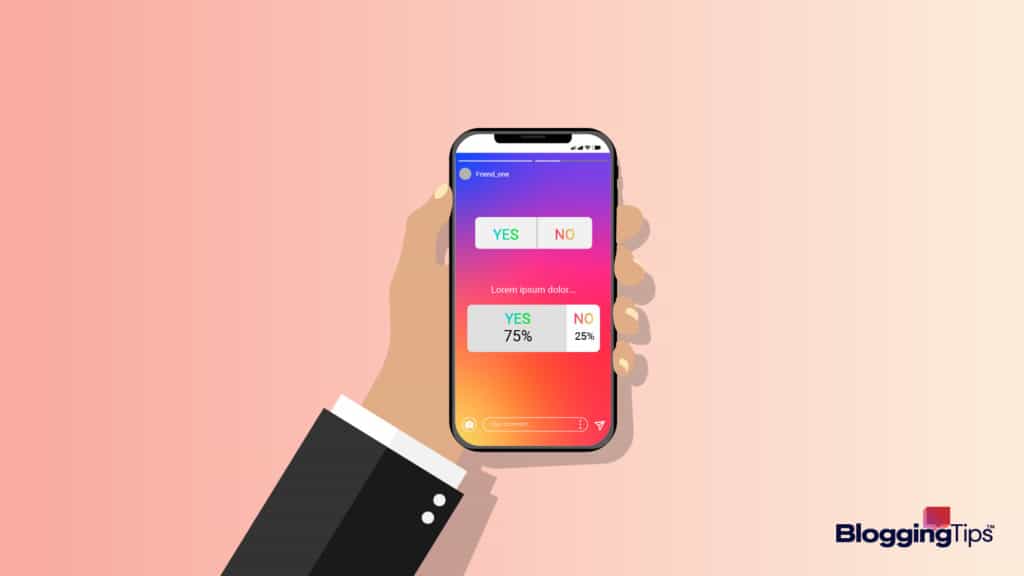
Instagram is an image-based media sharing platform that first made its appearance back in 2010.
Since then, it’s become a hub for socializing, influencers, marketing campaigns, and content creators.
Instagram revolves around “posts,” which are user-submitted images, often with captions and hashtags relating to the photo.
Additionally, users can edit these pictures with various editing tools such as filters, effects, stickers, and cropping.
A more recent development is that Instagram allows users to post videos and stream a live feed for their followers.
While Instagram was built upon image sharing, it seems to have been focusing on video elements more lately.
Another feature of Instagram is “stories,” which are slideshow-Esque compilations of affiliated pictures.
For example, a person may create a story of their trip to New York for their friends to see where they took pictures of all the places they went throughout the day.
Finally, businesses may find the Instagram Shop useful as it’s one of the best ways to market a brand on the platform.
The Instagram shop is like a digital storefront, where companies can post pictures of their products and advertise directly to shoppers who might be interested in their products.
3. TikTok
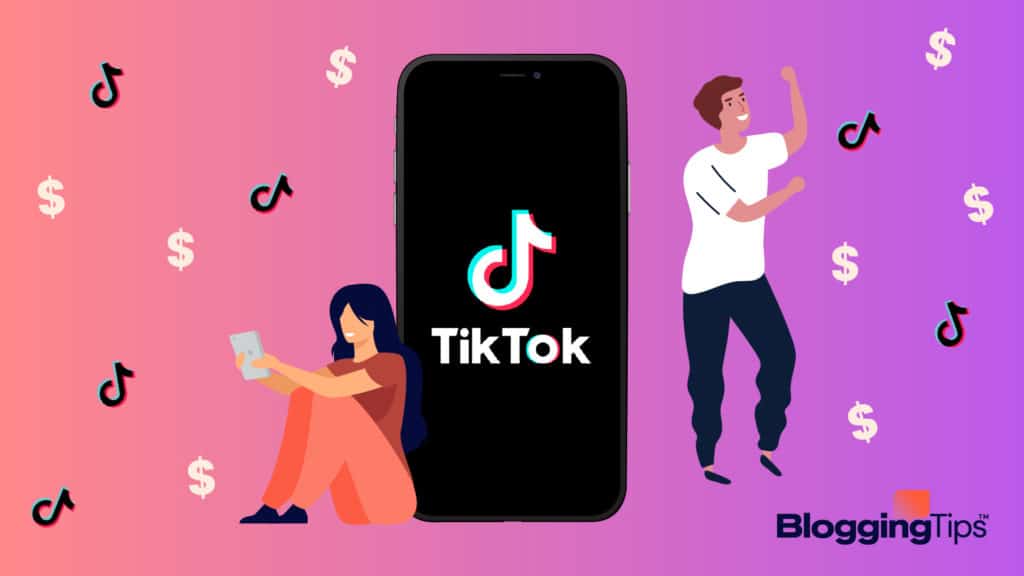
Originally known as “Musical.ly,” TikTok’s popularity has exploded in the past couple of years, with over a billion active users.
If you’re familiar with TikTok, you probably know the app as a short video-sharing platform for content creators and influencers.
Videos are typically around 15 to 30 seconds long, though they can support lengthier clips (up to 2 minutes now).
The second most popular feature on TikTok is TikTok Live, where users can live stream themselves to their followers, similar to Instagram.
This is often used for Q&A, but many creators also perform music, cook, educate, and other types of content.
Many of the top creators on TikTok use the “creator fund,” which is a revenue-based incentive for users and is contingent on a variety of factors such as the authenticity of views, number of views, and engagement.
4. Twitch

Twitch is a live streaming platform that is predominantly used by video game streamers.
There are other categories, such as just chatting, sports, and music, but gaming is the largest group on the site.
Many Twitch streamers make money through donations given by their viewers.
This should be a given, but higher volumes of viewers usually equate to more donations.
Streamers may also include a variety of incentives for viewers to donate.
Something to note about Twitch streaming is that it isn’t the best for finding an audience and generating followers.
Unless you’re an influencer with tons of pre-existing followers or a well-known business, you will most likely not use this platform to extend your reach.
5. YouTube

YouTube is a video-sharing platform.
It’s an incredibly versatile social media outlet and hosts almost any popular or niche category that exists.
Unlike TikTok, YouTube supports and promotes longer, more in-depth videos.
Many people who upload videos to YouTube are content creators who leverage the website’s algorithm to find and entertain specific audiences.
Many who make a living off of YouTube do so through sponsorships and selling their brand, but there is another popular method.
The YouTube Partner Program is a built-in monetization mechanism for qualifying creators to generate revenue through views and ads.
To become a YouTube partner, there is an application process and a few guidelines to adhere to if you qualify.
How to Make Money on Social Media
In the previous segment, we discussed a few ways people make money off of social media.
While those platform-ingrained methods might work for some people, they aren’t always the best option.
There are more effective ways of profiting on social media, and here are some of the proven best ones:
1. Paid Memberships
A great way for creators to make money off of their content is by charging a premium for access to their content via membership portals.
These fees are typically paid monthly or annually and give the user’s followers a reason to become a member.
Some social media platforms have built-in membership systems, but if you’re marketing your content off-site, there are various plugins and services for creating these systems.
Related: How to create a membership website
2. Affiliate Marketing
You don’t necessarily have to be an affiliate marketer to make money off of affiliate marketing.
If you’ve got a large audience behind you, many companies will pay you based on how much traffic you can generate.
There are also a few programs you can partake in, such as Amazon Associates.
With the Amazon affiliate program, creators, bloggers, and publishers can monetize their content by embedding hyperlinks to related products and making money on a per-click or per-buy basis.
3. Brand Sponsorships and Brand Deals
If you’re big enough, some brands will pay for access to your following.
In this mutual exchange, you’ll endorse a brand’s product or service, giving them a favorable image, to which they’ll pay you for your efforts.
Some companies will have you embed an ad within your content, while others will use your persona to attract a particular group of people.
The exact parameters will be contingent on a variety of unique factors.
4. Influencer Marketing
Influencer marketing is like a brand sponsorship but isn’t quite the same.
Whereas influencer marketing relies on subtle product placements and mentions, brand sponsorships are more direct.
It’s similar to when you see a brand name soda like Coke or Pepsi on a billboard in a big screen movie.
The movie doesn’t entirely revolve around these products, but people subconsciously take notice of these elements, thus increasing brand awareness.
5. Sponsored Content
Sponsored content is content you create funded and sponsored by an external company.
Within your content, you will often be prompted to mention the brand’s name and give a short blurb describing what products or services they are selling.
The two most common types of sponsored content are sponsored videos and sponsored podcasts:
Sponsored Videos
If you were ever watching a video on YouTube and heard the phrase “this video is brought to you by [brand name]” or something along those lines, that was most likely a sponsored video.
Sponsored videos are exactly what the name implies; video content a business supports financially.
Companies will take notice of you and offer to sponsor your videos once you have a sizable following and your content aligns with their brand’s image.
Sponsored Podcasts
Sponsored podcasts are similar to sponsored videos, except they’re podcasts.
Podcasts are audio-based discussions that cover a wide variety of topics and are typically run like a series.
Just like the video sponsorship, you’ll mention that your show is sponsored by the respective brand and give a quick rundown of the company.
6. Sell Your Own Stuff
A following gives you two key components that can drive sales to epic proportions; respect and reach.
If there are a lot of people following you on the internet, chances are you have a likable personality, and they’ll be willing to listen to what you have to say or, in this instance, buy what you are selling.
Furthermore, if you have a large following, your digital reach is vast, and you can easily connect with a lot of people at once.
That’s prime real estate for marketing any product or service you might want to sell, such as:
Sell Your Own Course
If you’re considered an “expert” in a field, then you might want to consider putting together a course for people to learn what you know.
There are numerous course creation services and software available online.
Many sites charge a fee to do this, but if you have something worth teaching and people respect you, paying customers will flock to your course.
Sell Your Own Products
You don’t just have to sponsor other people’s products to make money; you can manufacture your own and sell them on a digital storefront such as Shopify.
The products you sell should be related to the content you create.
For instance, if you’re a beauty influencer, then you might want to consider selling custom soaps.
If you don’t have a huge following, you could likely make the products yourself.
For larger audiences, you’d have to find a manufacturer.
You’ll also probably want to find a service to handle shipping and payments.
Sell Your Own Merchandise
Selling merchandise is similar to selling products, except you’re merchandising your content – this is especially a viable option if you’re an entertainer and there is an incentive for people to buy your merch.
Some of the most common things influencers and creators sell as merchandise are shirts, hoodies, mugs, accessories, hats, and phone cases.
In addition to a manufacturer and a seller, you might also want to invest in a professional designer to sketch out your product’s design.
You can obviously do this yourself, but sometimes it’s more efficient and quicker to get a professional opinion.
Sell Your Own Services & Time
You might also consider selling your time and services to your following.
If you’re a fitness influencer/creator, you can market your personal trainer services.
Or maybe you run a small business on the side that offers digital solutions.
It’s essentially whatever you have access to.
If you’re leaning towards this option, you should consider how large your following is and how many hands on deck you have.
If it’s just you and you have millions of followers, you might not be able to run a service that requires you to meet with each client individually.
7. Cross-Platform Audience Building
All of the previously allotted money-making possibilities sound enticing, but they’re contingent upon having a large audience.
The size of your following equates to your money-making potential.
You can create more capital by cross-platform audience building to expand your following.
If you have a considerable amount of followers on one social media platform, you can use this account to market your other socials, ultimately diversifying your audience.
It’s not just about having a girthy audience on one platform; it’s about leveraging each following to create far-reaching viewership.
Steps to Get Started Making Money on Social Media
Before you read any further, we should warn you that making money on social media isn’t easy, at least initially.
You’ve got to put in a lot of effort to build up an audience from scratch, and it takes time.
But if you’re willing to show some grit and grind out those followers, then you’ll be on your way to creating a steady flow of cash to your bank account.
All you have to do is follow the steps we’ve outlined here.
1. Choose a Platform
While you’ll want multiple platforms to build off of, you’ll need a “main” platform to stem your success.
This is where you’ll spend most of your time and effort.
For example, if your goal is to be a big-time Youtuber, then your platform is obviously going to be YouTube.
Everything is just the cherry on top.
2. Create a Social Media Account
You need to compliment your chosen platform with social media accounts.
Social media have algorithms and metadata you can input (such as hashtags), which makes being found on them monumentally easy if you know what you’re doing.
This is a great way to market your content and is one of the best ways to be found.
Plus, most social media platforms are free to use.
3. Build an Audience
Now that you’re all set up, it’s time to build an audience.
This means consistently posting quality content and then promoting it on your socials.
Try to always respond to comments/DMs and make real connections with the traffic on your platforms.
4. Boost Audience Engagement
The one thing you don’t want is a stagnant audience.
There are a variety of ways you can boost audience engagement which can be as extravagant as giveaways and contests or as simple as prompting your followers to leave a comment.
Don’t be afraid to get creative here.
Unique ideas are your key to separating your content from everyone else’s and increasing overall engagement.
5. Join an Influencer Network
You don’t have to do everything alone.
Joining a community of like-minded influencers can be mutually beneficial for all parties involved.
Creating a network will allow you to build off of each other’s followings and exponentially expand your reach.
Additionally, this opens the gateway for collaborations and business partnerships.
6. Start Monetizing Using the Methods Above
Once you’ve developed an audience, it’s time to start using the methods mentioned above to monetize your content.
Remember to invest most of your earnings back into your craft and never get complacent.
It would be best if you continued to promote your content at all stages of your social media journey and continue to post regularly.
Tips to Increase Earnings
Here are a few tips to keep in mind to increase your earnings.

1. Post High-Quality Content
Your content is only worth as much as its quality.
Poorly constituted content won’t get followers and certainly won’t generate income.
Your best bet is to put in the extra time it takes to deliver high-quality content to your audience consistently.
Trends drive followers and sales.
Don’t be afraid of being a “bandwagoner” when it comes to hashtags and topics because that’s what will get you the most views on TikTok or the most followers on Instagram.
Do your research and be on top of what’s new in trending.
It would help if you tried to be somewhat early to trends.
That way, you can avoid the oversaturation of content at the trend’s peak and the low viewership when the trend is dying out.
3. Charge What You’re Worth
Don’t oversell or undersell yourself.
This might seem like a simple notion, but you’re going to have to experiment to get the pricing just right.
Avoid over-promoting paid content.
Otherwise, your audience will quickly become worn out, and your sales will plummet.
4. Disclose All Brand Relationships (Build Trust)
If you’re making money in the background of your content, make sure to disclose all brand relationships to your followers.
Doing anything without telling your audience may seem shady to the public, even if it isn’t – this is the best way to develop trust and will avoid any unnecessary suspicions people might lay on you.
Frequently Asked Questions
After looking around the web a bit, we found these frequently asked questions relating to making money on social media.
A social media manager is a person you pay to manage your socials – this might include making posts, scheduling posts, reviewing statistics/data, developing marketing strategies, and engaging with followers.
Wrapping Up
If there’s anything we can conclude, it’s that if you want to be a money-making influencer with tons of followers, you’ve got a lot of work to do.
It won’t be easy, that’s for sure, but it isn’t impossible either.
You should carefully consider everything discussed in this article and leverage those insights to give you an advantage in the game.
We won’t sugar-coat it, there’s no guarantee you’ll succeed, but if you follow this winning formula, your odds will be a lot better.
Want more tips on how to optimize your social media accounts and get lots of followers?
Go to Bloggingtips.com for reads similar to this one.
